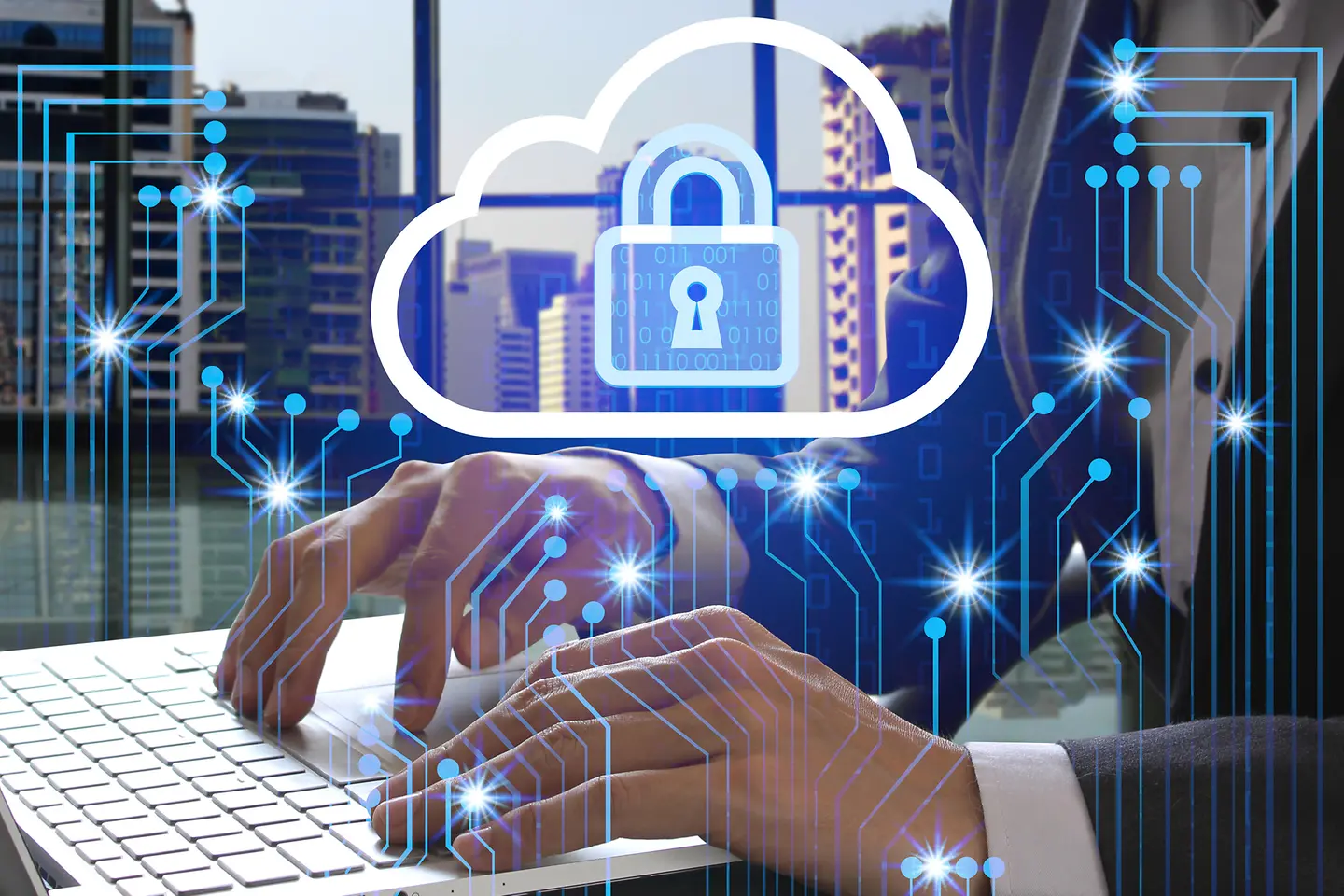
The surge in remote users has created a distributed workforce that needs to access corporate applications anywhere. As the work-from-anywhere paradigm becomes the norm, it’s compelling businesses to move from traditional to modern IT architectures. Consequently, offerings like Secure Access Service Edge are gaining ground in the market. But what is SASE, why is it increasingly helpful to security, and where should your focus lie?

Just over two years back, who could have imagined that today, more users and devices would access business applications outside company premises than inside them? The pandemic turned this scenario into a reality, as we swapped our office desks for our kitchen tables or made space in our living rooms. Of course, the entire network security landscape has been moving from traditional enterprise data centers to cloud-native environments for a while now, but Covid-19 certainly accelerated the shift.
Secure Access Service Edge (SASE – pronounced sassy) is, essentially, the intersection of different components. Let’s see how the core components play a role in a SASE offering:
All of these components are critical to SASE.
No, quite the opposite. SASE helps businesses adopt a zero-trust security posture without increasing complexity, a factor that has become the key driver in its growth and popularity.
A zero-trust security posture means that user access to business applications is policy and context-based. Risk and trust assessments are always fully considered where SASE is involved.
Users’ access to data and apps is granted only once their identity is verified, whether they are inside the private network or not.
When focusing on buyer intent, we see a trend towards integrated networking security services rather than multiple standalone services.
While the idea of having unified capabilities in a single suite makes sense, it is also imperative to understand that IT buyers do not want to add to existing complexities and costs. So, does SASE fit the bill here? We think so.
By 2025, at least 60% of enterprises will have explicit strategies and timelines for SASE adoption encompassing user, branch and edge access, up from 10% in 2020.
Gartner

Achieving the right level of security without getting in the way of the user experience (UX) can be tricky. Sometimes, one can be at the cost of the other. And from an IT perspective, administering and maintaining policies via multiple single-security solutions can get complicated, adding to overhead.
SASE gets the balance right with a unified portal. It allows IT teams to enforce, monitor, and manage a set of policies for multiple user locations and devices accessing business apps through a single interface.
With SASE, complexity and overheads reduce, which translates into savings. Organizations are increasingly exploring SASE solutions to improve their remote employee experience too. The traditional VPN setup is inconsistent, especially with team collaboration tools. SASE offerings promise a seamless UX since traffic is processed closer to the user, facilitating the fastest network paths.
We see the SASE market picking up speed and evolving. In the coming months, implementation is sure to increase. Organizations are leaning towards SASE services for better security in the cloud, and moving away from the constraints of traditional services.
Competition among vendors has also started to intensify—they are offering a range of benefits focused on increased ROIs to create a robust, user-centric security framework. Our thoughts on SASE offerings and the market echo Gartner’s analysis on the topic.